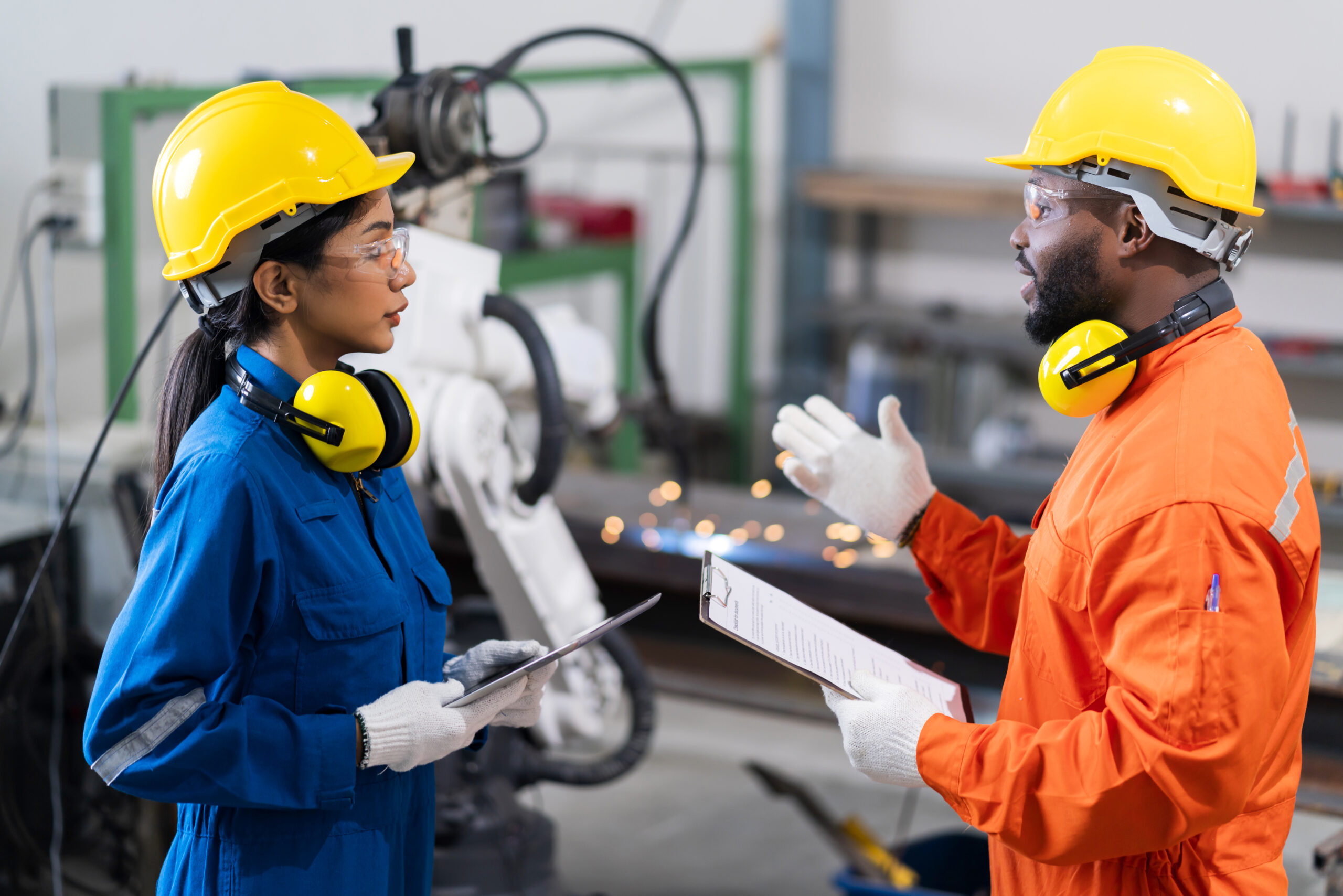
Elevating Construction Site Safety: Training Strategies that Work
Construction consistently ranks among the most dangerous industries, but comprehensive safety training can help prevent injuries and fatalities. Effective construction safety education requires going beyond generic orientation to skill-building that changes behaviors. Here are proven training strategies and topics that get real results.
Experiential Learning
Adults learn best by doing. Hands-on simulations and exercises provide meaningful learning opportunities.
- Staged emergency drills let trainees practice response skills like evacuating from confined spaces or trenches, safely controlling equipment leaks, and proper extrication of injured workers.
- Operating equipment simulators build operators’ dexterity and prevent mistakes that damage equipment or worksites.
- Immersive virtual reality experiences showcase hazards and allow trainees to safely develop hazard perception skills.
- Roleplaying exercises that depict common construction challenges improve safety leadership, planning, and communication skills.
Tying training to tangible actions and experiences sticks better than lectures alone.
Customized Content
Each job and worksite poses unique hazards. Targeted education helps mitigate risks.
- Training electricians on arc flash protection, lockout procedures, and safely working near live wires.
- Educating crane and hoist operators on inspection, rigging procedures, and load limits.
- Teaching excavation and trenching crews soil classification, proper sloping or shoring, and energy line locating.
- Instructing confined space entrants, attendants, and supervisors on atmospheric testing, ventilation, communication systems, and emergency extraction.
Specialized content equips workers for the distinct challenges of their roles.
Layered Instruction
Interweave training activities for more effective learning:
- Provide brief initial overviews of core policies, expectations, equipment, and site layout during onboarding.
- Follow up with hands-on walkthroughs to reinforce policies and identify hazards.
- Check for understanding with demonstration and teach-backs.
- Test skills with simulations before actual site work begins.
- Pair new workers with experienced mentors to model good behaviors.
- Review policies and procedures regularly at safety meetings.
Layered training solidifies knowledge and skills through repetition and variety.
Assessment-Driven
Evaluate mastery to pinpoint knowledge gaps. Methods include:
- Written tests to assess policy, tool, and process comprehension.
- Active demonstrations and teach-backs to confirm proper use of equipment.
- Skills simulations to test hazard perception, communication, and preparedness.
- Qualified trainer oversight ensures competency before solo work.
- Reinforce learning with refresher drills and quick quizzes.
Measurement enables training refinement and confirms personnel readiness for safe site work.
Engaging Delivery
Employee engagement boosts training efficacy. Useful strategies include:
- Short, focused learning modules versus lengthy lectures.
- Trainer storytelling for memorable lessons learned.
- Gamified learning with points, levels, and rewards.
- Peer training exchanges to leverage experience.
- VR experiences and simulation for immersive learning.
- Videos and other visual media to build interest.
Engaged learners retain more and build a safety culture.
Ongoing Training
Don’t just train once. Provide ongoing education through:
- Daily pre-work safety briefings and planning to identify hazards.
- Regular safety demonstrations and drills to hone responses.
- Lunch-and-learn sessions to reinforce topics.
- Guest safety speakers to inspire engagement.
- Microlearning like safety quizzes and video lessons.
Recurrent training ensures skills and vigilance remain sharp.
For worksites with multiple employers, qualified site safety reps can coordinate education programs and oversight. They ensure all workers acquire necessary site-specific knowledge.
Proper training is indispensable for predicting, recognizing, and controlling hazards in the ever-changing construction environment. Moving beyond compliance and critically evaluating program efficacy is key to continuous improvement in safety outcomes. Worker skill and readiness pave the way for an injury-free job site.
Image by Lifestylememory on Freepik


